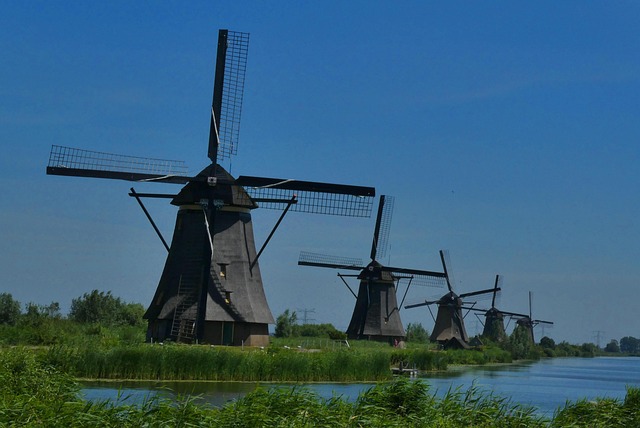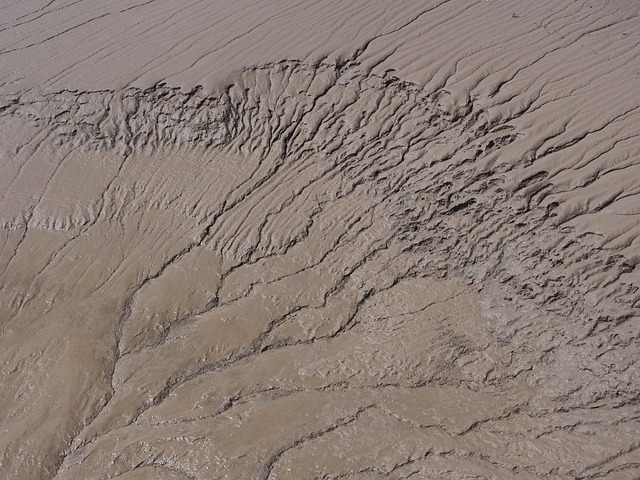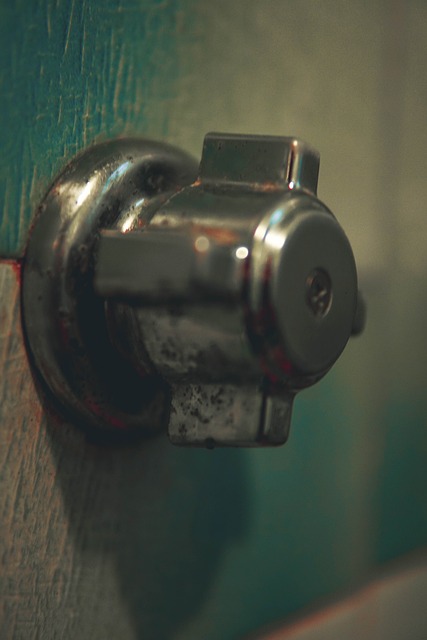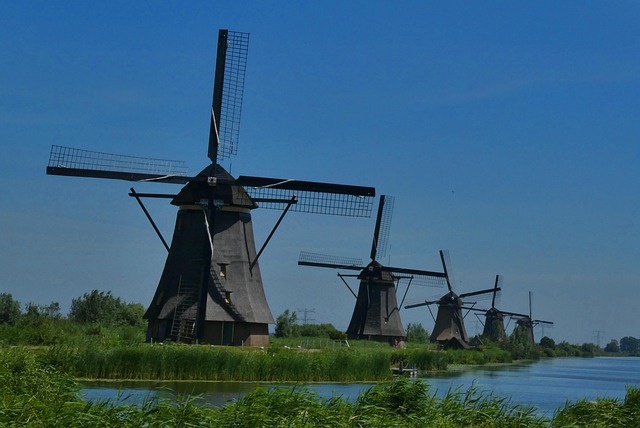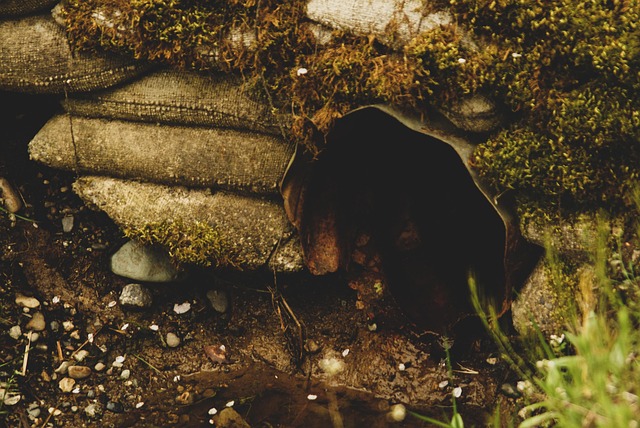& ( w/ng? 5 → (→> < ( → & → 1/ > di( + > 7」 ( > (> 3」? &, v/ > 5/ but
Looking to enhance your Portland property’s drainage system? A French drain installation could be the solution. This article guides you through understanding French drains—their benefits and various types suitable for Portland properties—and provides a comprehensive step-by-step guide for DIY enthusiasts or professionals. Learn how to effectively navigate the installation process, ensuring optimal water management for your home or garden in this vibrant Oregon city.
- Understanding French Drains: Benefits and Types for Portland Properties
- Step-by-Step Guide to Installing a French Drain in Portland, OR
Understanding French Drains: Benefits and Types for Portland Properties
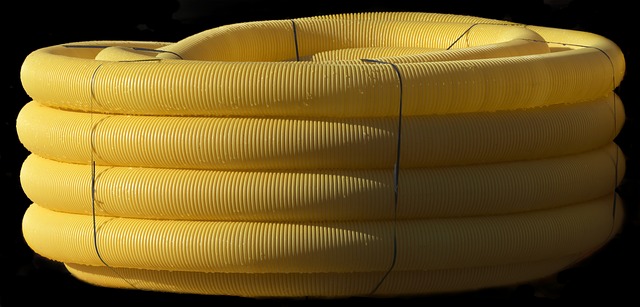
French drains are an effective solution for managing water flow and preventing moisture-related issues in Portland properties. These drainage systems, often installed along foundation walls or in low-lying areas, provide a strategic way to direct water away from buildings, ensuring the structural integrity of your home or commercial space. By understanding the benefits and various types available, homeowners and property managers can make informed decisions regarding French drain installation in Portland OR.
One of the key advantages is their ability to mitigate water infiltration, which can cause significant damage to foundations over time. Different types of French drains cater to specific needs; for instance, surface French drains are ideal for areas with visible water accumulation, while sub-slab drains are installed beneath the foundation to address chronic moisture problems. With proper design and installation, these drains offer a long-lasting, efficient system to keep Portland’s often rainy climate at bay.
Step-by-Step Guide to Installing a French Drain in Portland, OR
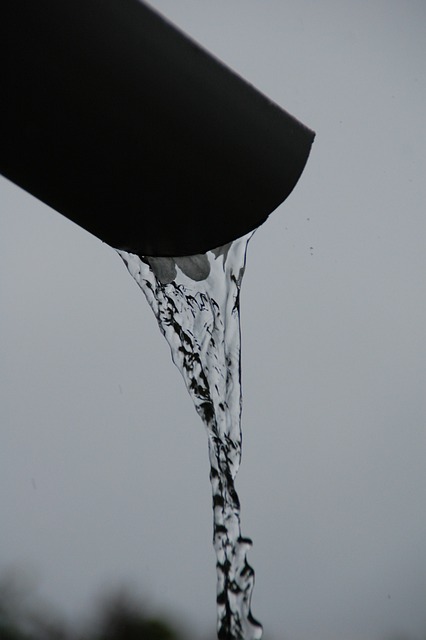
Installing a French drain in Portland, OR, is a great way to address water drainage issues and prevent damage to your home or property. Here’s a step-by-step guide for a successful installation:
1. Assess Your Drainage Needs: Begin by identifying the source of excess water and the areas most affected. Determine the slope of the land and understand where water naturally flows. This will help you decide on the best location for your French drain.
2. Plan the Route: Mark out the path of your drain, ensuring it follows the natural gradient of the land. Use stakes and string to outline the route clearly. Consider any obstructions like trees or shrubs that might interfere and plan their removal if necessary. Portland’s soil conditions also play a role; ensure the chosen route allows for proper drainage without hindrances.
3. Dig the Trench: Using a shovel or an excavator, dig a trench along the planned route. The depth and width depend on the specific requirements of your property but typically range from 12 to 24 inches deep and 8 to 12 inches wide. Make sure the trench is long enough to accommodate the length of your drain pipe.
4. Prepare the Drain Pipe: Cut the French drain pipe to fit the trench, leaving some extra on either end for connections. Ensure the pipe is properly sized for the drainage area; professionals often recommend pipes with a diameter of 3 to 4 inches for residential use.
5. Install the Drain: Place one end of the pipe in the trench and weigh it down slightly. Connect the pipe to the chosen outlet, which could be a storm drain or a sewer line. Backfill the trench with soil, gently compacting it around the pipe as you go. Leave a small gap for inspection and future maintenance.
6. Test and Adjust: After installation, test the French drain by simulating rainfall or turning on nearby sprinkler systems. Check for proper water flow and ensure there’s no seepage. Make adjustments if needed, ensuring all connections are secure.
(4/1 in 4, > 5 → (6/7′ +? di/
